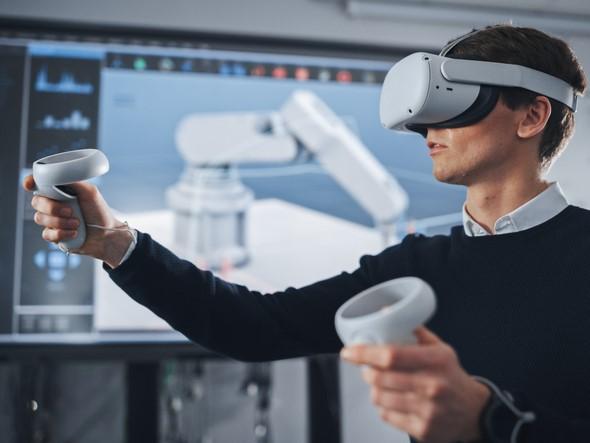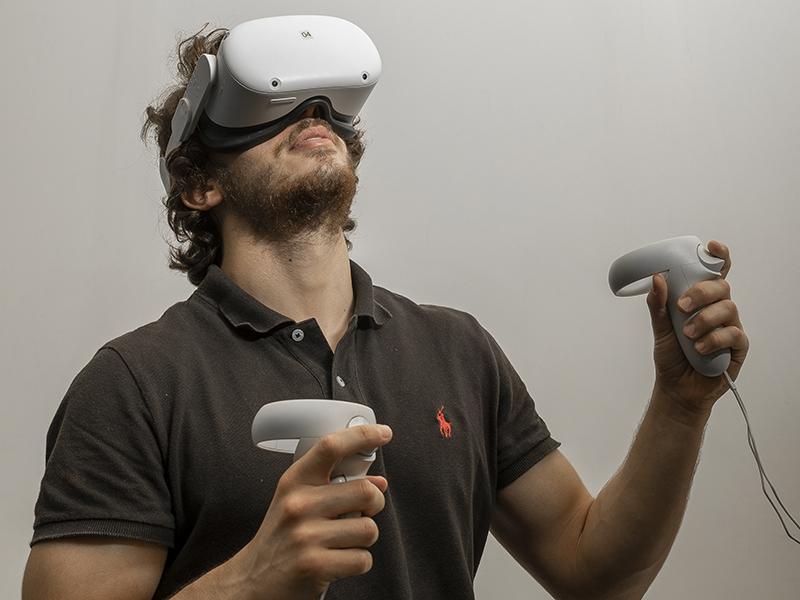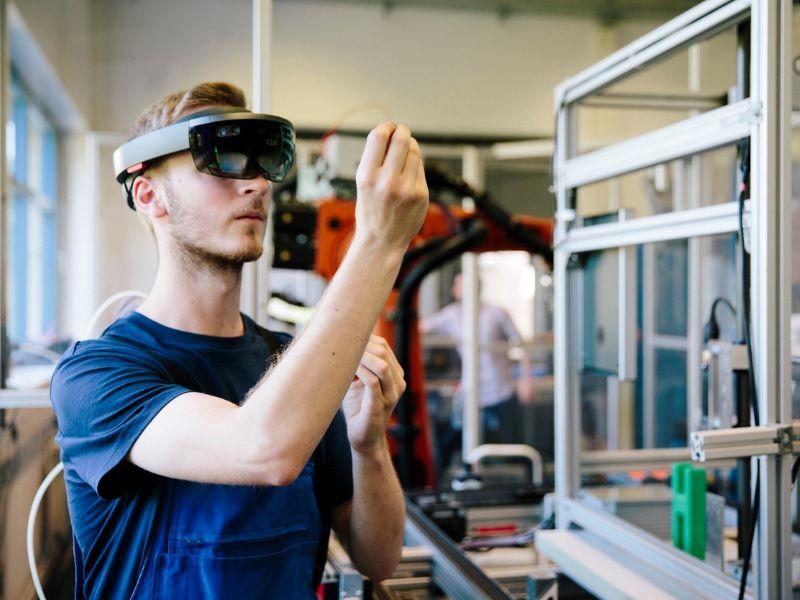
How to set up immersive VR lessons on your campus
You may also like
Hurtling around the human body inside a cell, exploring the streets of ancient Athens, practising procedures in a smelting plant (without taking the slightest risk), building a car from scratch – all without requiring lots of space, investment or even leaving campus. These are just a few examples of learning experiences our students can have in a classroom designed to hold immersive sessions through extended reality (XR) technologies. XR is an umbrella term that covers augmented reality (AR), virtual reality (VR) and mixed reality (MR).
We have found that immersive experiences in virtual environments bring many learning benefits due to the fact they can overcome physical barriers, making it possible for students to have experiences that would be otherwise impossible to access. Students often grasp abstract concepts better in virtual settings and can be challenged to put their knowledge into practice through the simulation of real-life activities that bring them closer to a professional experience.
Here we present ideas on how to enable an immersive learning space on campus, based on our own experience.
How does an XR immersive learning class work in practice?
A class and their professor gather in the designated immersive learning room where the whole session is held. It will include both immersive and non-immersive moments. The room should be equipped with four (or more) VR stations, where the students will have immersive experiences designed to meet a learning goal.
An educational innovation such as this requires planning in which the tutor and an instructional designer prepare a lesson plan to ensure the immersive experience will be appropriately interwoven with the course content and other learning activities. The lesson plan should include the scope of the immersive activity, taking into account the modality (individual or collaborative), class size and the number of VR devices available. When there is not a device for everyone, about one for every three students should work. It is also best practice to design activities for students to work on while their classmates are in the VR experience.
- AI or VR? Matching emerging tech to real-world learning
- Get started with virtual reality for learning and teaching
- Should we be worried? An educators’ introduction to the metaverse
The experience will need to be supported by staff members. Before the class gets started, an IT staff member will be needed to set up the VR devices. And during the session, students will need assistance with using the technology. Finally, someone should ideally be on hand to observe and register experiences for further improvement.
The VR resources we use in our immersive learning classroom are designed and developed by a multidisciplinary team from our university, though you could also create an immersive learning classroom using curated resources.
How is the classroom set up?
Modern educational spaces are ideally multipurpose. Our XR classroom was designed with this in mind, so it is not exclusively an immersive learning room. Its arrangement and other features were carefully designed after pilot sessions so we could optimise the experience. Here, we break down the features that have proved successful for the immersive learning room.
Room capacity and measurements: There needs to be enough room for a whole class that has been organised into teams. Our immersive learning classroom comes in at 9m by 9m and can hold up to 32 students, the tutor and two or three staff members.
Arrangement and equipment: The room should be laid out to facilitate mobility and interaction, allowing the professor to easily walk around the whole area to help and supervise while also having students close enough for group explanation and instructions.
Central VR stations: The VR stations should be placed in the middle of the room in a circular arrangement. Each station has a large screen that displays what the student is seeing in their head-mounted device (HMD). Portable VR devices are sometimes also used. You will need to choose the HMD that best fits your budget; low-, medium- and high-end devices are available.
Furniture in the corners: We have incorporated four corner sofas in the room. Each corner should also be also equipped with a table and mobile swivel chairs, providing flexibility for teamwork.
Mobile equipment: Besides the mobile chairs, the classroom should be equipped with a projector and a mobile whiteboard, which makes the space easy to use for multiple educational purposes.
Storage: There should shelves along walls, in between the corner sofas, for students to store backpacks and other belongings. This helps keep the space clear and tidy when in use for immersive experiences.
Has immersive XR been welcomed by students and teachers?
Teachers have reported being happy to have access to a functional space where they can provide students with learning experiences that would be impossible to have in a traditional classroom. They value highly the opportunity to take students to distant or hard-to-reach places without leaving campus. Meanwhile, students have been very enthusiastic about sessions in this classroom and perceive an improvement in education quality as well as a positive impact on their learning. You can watch a video of students’ testimonials here (in Spanish).
Ana Gabriela Rodríguez-Mendoza is an educational innovation leader, Adriana Plata-Marroquín is an educational innovation leader and Brenda Aimé Luis-Chavira is a project leader, all in the educational innovation and digital learning department at Tecnológico de Monterrey, Mexico.
If you found this interesting and want advice and insight from academics and university staff delivered direct to your inbox each week, sign up for the THE Campus newsletter.




